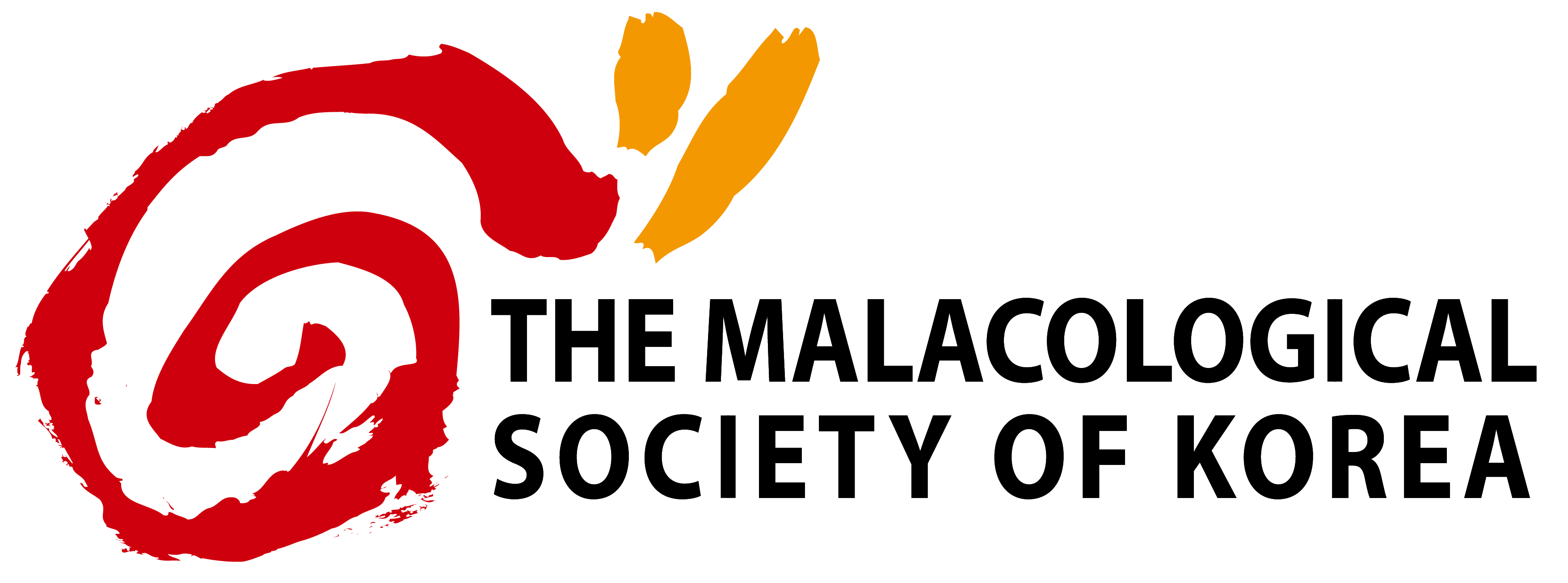open access
메뉴
open access
메뉴 ISSN : 1225-3480
ISSN : 1225-3480
The purpose of this study is to evaluate the effects of oil dispersant and ultraviolet (UV) radiation on the toxicity of crude oil. The toxicity of water-accommodated fraction (WAF) and chemically enhanced water-accommodated fraction (CEWAF) of Hebei Spirit crude oil was investigated in the embryo of the Manila clam, Ruditapes philippinarum with- and without ultraviolet radiation. The WAF and CEWAF with- and without UV radiation affected significantly the embryonic development of R. philippinarum. The EC50s of WAF without UV, WAF with UV, CEWAF without UV, and CEWAF with UV were 2.82, 0.79, 1.60, and 0.45 g/L, respectively. CEWAF was 1.6 times more toxic than WAF. UV radiation increased crude oil toxicity to 3.6 times for both WAF and CEWAF. The oil dispersant and UV radiation did not affect the acute toxicity to the embryo but retarded the period of embryonic development up to 26%. R. philippinarum proved to be a sensitive species to reflect the toxic effects of oil spill combined with oil dispersant and UV radiation. It is suggested that the chemical analyses on the WAF and CEWAF is important for the identification and quantitative explanation of the phototoxic compounds in crude oil.
Characteristics of spilled oils, fuels, and petroleum products: Composition and properties of selected oils, EPA/600/R-03/072.
(2012). Comparative toxicity of four chemically dispersed and undispersed crude oils to rainbow trout embryos. Environmental Toxicology and Chemistry, 31(4), 754-765. 10.1002/etc.1739.
Biostatistical Analysis.
(2012). Two years after the Hebei Spirit oil spill: Residual crude-derived hydrocarbons and potential AhR-mediated activities in coastal sediments. Environmental Science and Technology, 46, 1406-1414. 10.1021/es203491b.
(2011). Genotoxicity and endocrine-disruption potentials of sediment near an oil spill site: Two years after the Hebei Spirit oil spill. Environmental Science and Technology, 45, 7481-7488. 10.1021/es200724x.
(2012). Spatial variability of biochemical responses in resident fish after the M/V Hebei Spirit oil spill (Taean, Korea). Ocean Science Journal, 47, 209-214. 10.1007/s12601-012-0021-7.
(2011). Biomarker responses in pelagic and benthic fish over 1 year following the Hebei Spirit oil spill (Taean, Korea). Marine Pollution Bulletin, 62, 1859-1866. 10.1016/j.marpolbul.2011.04.045.
(2010). Hebei Spirit oil spill monitored on site by fluorometric detection of residual oil in coastal waters off Taean, Korea. Marine Pollution Bulletin, 60, 383-389. 10.1016/j.marpolbul.2009.10.015.
(2013). Petroleum hydrocarbon contaminations in the intertidal seawater after the Hebei Spirit oil spill -Effect of tidal cycle on the TPH concentrations and the chromatographic characterization of seawater extracts. Water Research, 47, 758-768. 10.1016/j.watres.2012.10.050.
(2004). Toxicity of heavy fuel oil, dispersant, and oil-dispersant mixtures to a marine fish, Pagrus major. Fisheries Science, 70, 587-594. 10.1111/j.1444-2906.2004.00845.x.
(2013). Acute and chronic toxicity study of the water accommodated fraction (WAF), chemically enhanced WAF (CEWAF) of crude oil and dispersant in the rock pool copepod Tigriopus japonicus. Chemosphere, .
(2000). Assessment of the photoenhanced toxicity of a weathered petroleum to the tidewater silverside. Environmental Toxicology and Chemistry, 19, 926-932. 10.1002/etc.5620190420.
(1997). Phototoxicity of individual polycyclic aromatic hydrocarbons and petroleum to marine invertebrate larvae and juveniles. Environmental Toxicology and Chemistry, 16, 2190-2199. 10.1002/etc.5620161029.
(2004). Oil dispersant increases PAH uptake by fish exposed to crude oil. Ecotoxicology and Environmental Safety, 59, 300-308. 10.1016/j.ecoenv.2003.08.018.
(1999). Evaluating sediment chemistry and toxicity data using logistic regression modeling. Environmental Toxicology and Chemistry, 18, 1311-1322. 10.1002/etc.5620180634.
(2009). Comparative toxicity of oil, dispersant, and oil plus dispersant to several marine species. Environmental Toxicology and Chemistry, 23(12), 2941-2949.
(2000). Toxicity of crude oil and dispersed crude oil to ghost shrimp Palaemon serenus and larvae of Australian bass Macquaria novemaculeata. Environmental Toxicology, 15(2), 91-98. 10.1002/(SICI)1522-7278(2000)15:2<91::AID-TOX4>3.0.CO;2-3.
(1992). Use of geochemical biomarkers in bottom sediment to track oil from a spill, San Francisco Bay, California. Marine Pollution Bulletin, 24, 15-20. 10.1016/0025-326X(92)90311-S.
(1996). The effects of near ultraviolet radiation on the toxic effects of polycyclic aromatic hydrocarbons in animals and plants: A review. Ecotoxicology and Environmental Safety, 33, 1-24. 10.1006/eesa.1996.0001.
(1999). The effect of the oil dispersant Omniclean on the toxicity of fuel oil No. 2 in two bioassays with the sheepshead minnow, Cyprinodon variegatus. Chemosphere, 39, 2141-2157. 10.1016/S0045-6535(99)00135-6.
Proceedings of the Fourth Meeting of the Chemical Response to Oil Spills: Ecological Effects Research Forum, Report No. 96-01.
(2003). Photoenhanced toxicity of aqueous phase and chemically dispersed weathered Alaska North Slope crude oil to Pacific herring eggs and larvae. Environmental Toxicology and Chemistry, 22(3), 650-660. 10.1002/etc.5620220326.
(2004). Inhibition of embryo development of the commercial bivalves Ruditapes decussatus and Mytilus galloprovincialis by trace metals; Implication for the implementation of seawater quality criteria. Aquaculture, 230, 205-213. 10.1016/S0044-8486(03)00432-0.
(1999). Photoenhanced toxicity of a weathered oil to Ceriodaphnia dubia reproduction. Environmental Science and Pollution Research, 6, 207-212. 10.1007/BF02987329.
(2005). Effect of dispersant on the composition of the water-accommodated fraction of crude oil and its toxicity to larval marine fish. Environmental Toxicology and Chemistry, 24, 1496-1504. 10.1897/04-267R.1.
(2006). Phototoxicity of oil sands-derived polycyclic aromatic compounds to japanese medaka (Oryzias latipes) embryos. Environmental Toxicology and Chemistry, 25(12), 3266-3274. 10.1897/05-637R1.1.
(2000). Standardization of the preparation and quantitation of water-accommodated fractions of petroleum for toxicity testing. Marine Pollution Bulletin, 40, 1007-1016. 10.1016/S0025-326X(00)00045-X.
(2005). QSAR model of the phototoxicity of polycyclic aromatic hydrocarbons. Journal of Molecular Structure: THEOCHEM, 719, 191-200. 10.1016/j.theochem.2005.01.026.
(2008). Toxicity and phototoxicity of water-accommodated fraction obtained from Prestige fuel oil and Marine fuel oil evaluated by marine bioassays. Science of the Total Environment, 394, 275-282. 10.1016/j.scitotenv.2008.01.045.
(2009). Oil dispersion increases the apparent bioavailability and toxicity of diesel to rainbow trout (Oncorhynchus mykiss). Environmental Toxicology and Chemistry, 28(3), 595-602. 10.1897/08-315.1.
Biometry.
(2006). Effect of Heavy Metals on Embryonic Development in the Mussel, Mytilus galloprovincialis. The Korean Journal of Malacology, 22(2), 167-173.
Short-term methods for estimating the chronic toxicity of effluents and receiving waters to marine and estuarine organisms, EPA-821-R-02-014.
(1995). A QSAR analysis of substituent effects on the photoinduced acute toxicity of PAHs. Chemosphere, 30(11), 2129-2142. 10.1016/0045-6535(95)00076-K.
(1992). Identification of natural, anthropogenic and petroleum hydrocarbons in aquatic sediments. Science of the Total Environment, 112, 203-219. 10.1016/0048-9697(92)90188-X.
